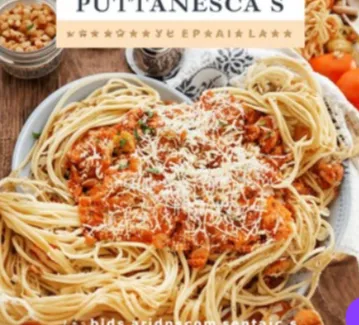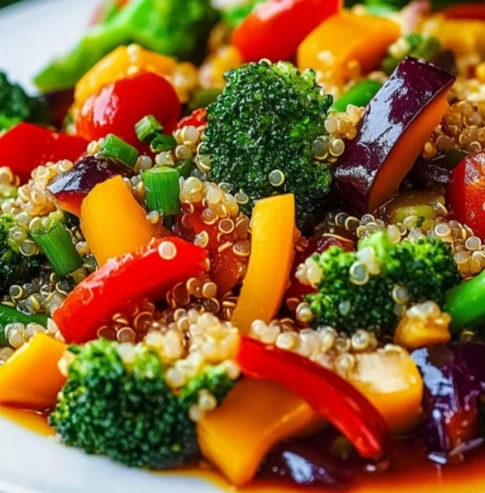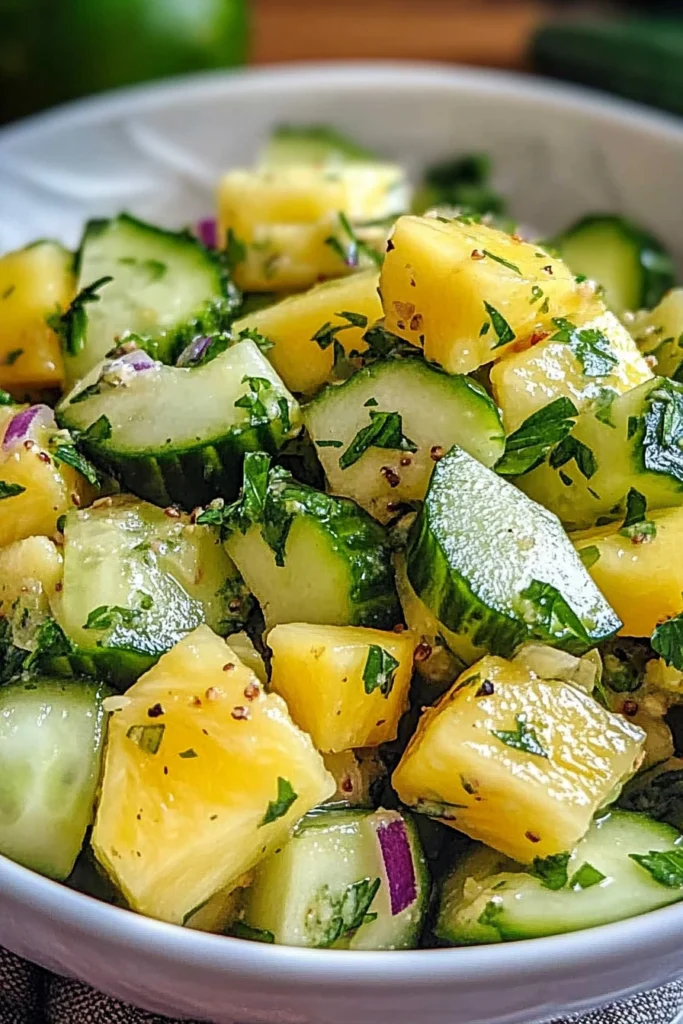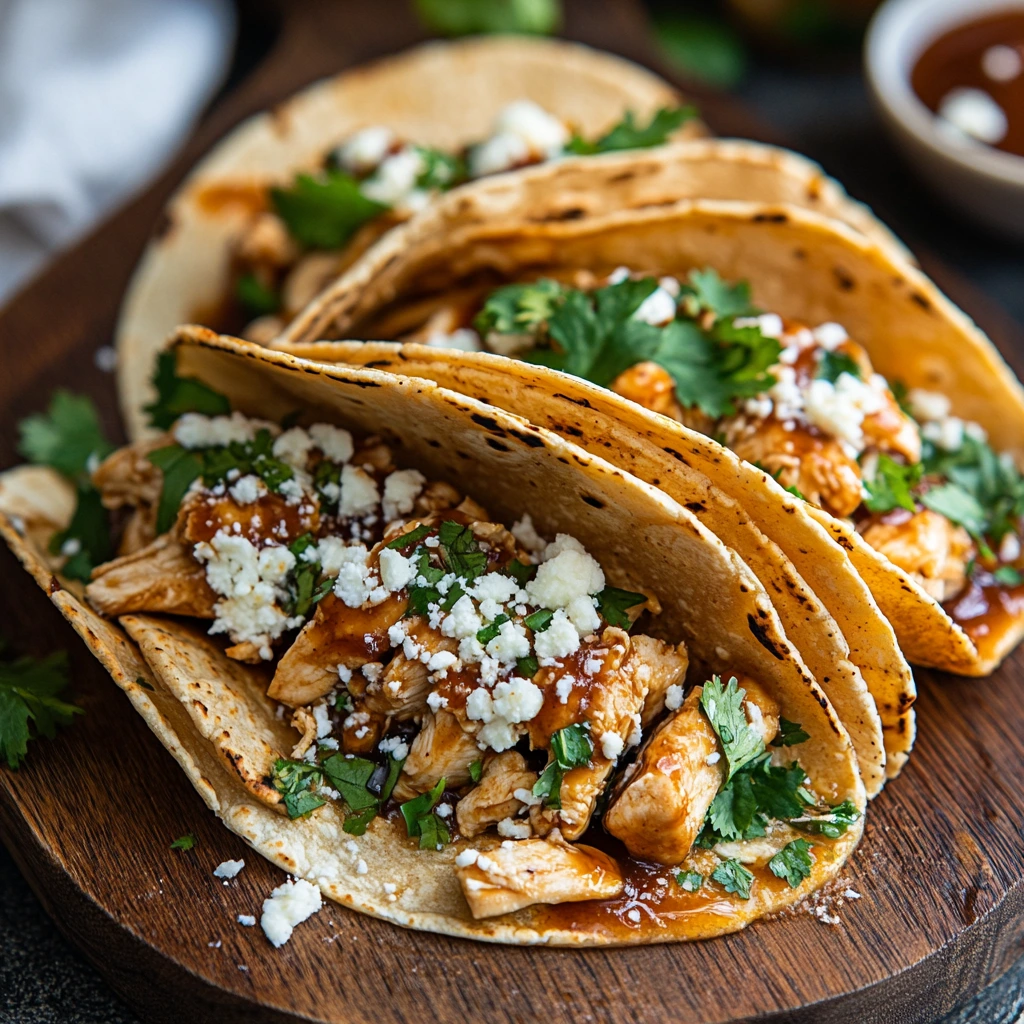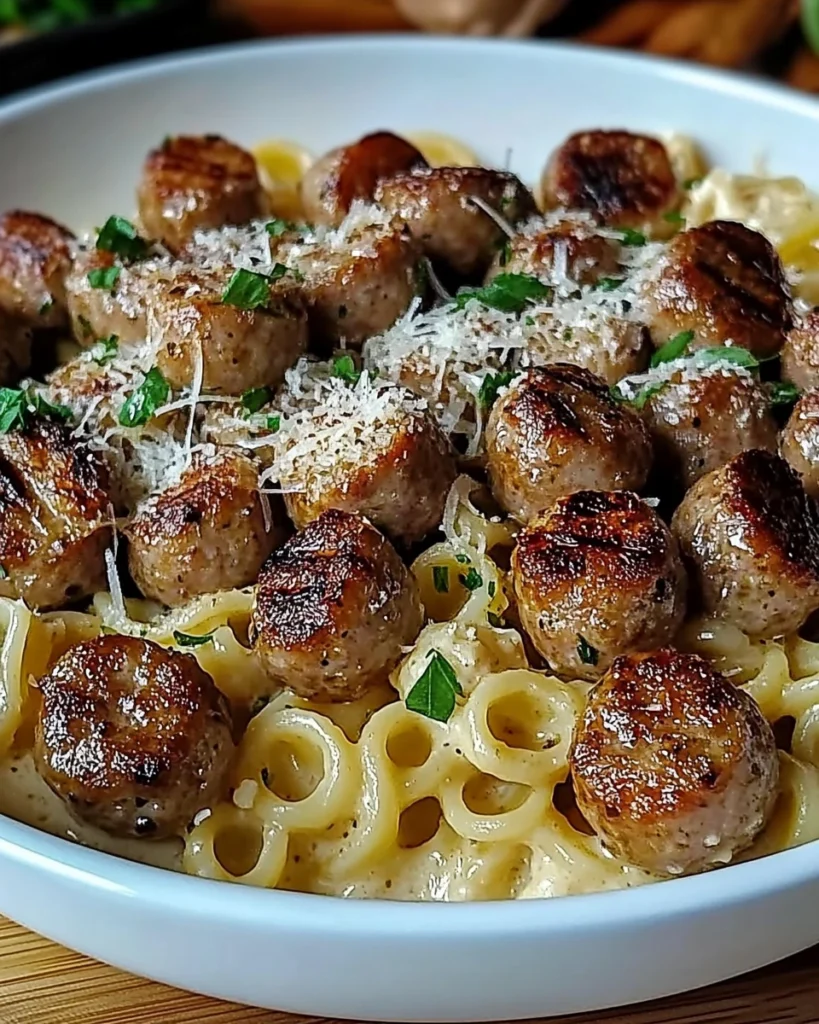Italian cuisine is a world of vibrant flavors, rustic traditions, and comforting meals that bring people together around the table. Among its most iconic pasta dishes, one recipe stands out for its boldness and simplicity: Pasta Puttanesca. Known for its punchy mix of tomatoes, olives, capers, garlic, and anchovies, this dish captures the essence of Southern Italian cooking—flavor-packed, economical, and quick to prepare.
Whether you’re a seasoned cook or someone just exploring Italian food, Pasta Puttanesca is an irresistible recipe that you can master in under 30 minutes. In this article, we’ll take a deep dive into the origins of the dish, step-by-step instructions for making it at home, variations to try, tips for perfect results, and even ideas for pairing it with wine and sides.
By the end, you’ll not only know how to make a restaurant-quality Pasta Puttanesca but also understand why this dish has remained beloved in kitchens around the world.
The Origins of Pasta Puttanesca
Pasta Puttanesca is as colorful in history as it is in flavor. The name itself—“puttanesca”—has sparked debates for decades. Literally translated, it means “in the style of the prostitutes.” Why such a provocative name?
There are several theories:
- Quick and Easy Meal – Some suggest the dish was invented because it was so quick to make that women of the night could prepare it in between appointments.
- Aromatic Appeal – Others believe the strong, garlicky, briny aroma of Pasta Puttanesca was enticing enough to lure passersby into restaurants or homes.
- Naples and Rome Rivalry – Though the exact origin is contested, both Naples and Rome claim it as their own. Neapolitans lean on a tomato-heavy version, while Romans add more anchovies for saltiness.
Regardless of its history, one thing is certain: this dish epitomizes the Italian philosophy of transforming simple pantry staples into a masterpiece.
Why Pasta Puttanesca is Unique
Unlike cream-based or meat-heavy pasta sauces, Puttanesca is defined by:
- Strong umami flavors – Anchovies and olives deliver depth and saltiness.
- Balance of textures – Soft tomatoes meet the bite of al dente pasta.
- Speed – From start to finish, it takes no more than 30 minutes.
- Pantry-friendly ingredients – Every element is shelf-stable, making it a go-to recipe when fresh groceries are limited.
This makes Pasta Puttanesca not just a classic Italian dish but also a practical, weeknight lifesaver.
Ingredients for Pasta Puttanesca
To prepare the authentic version, gather the following:
- Spaghetti or linguine (400g / 14oz) – long pasta holds the sauce beautifully.
- Olive oil (3–4 tbsp) – extra virgin for depth.
- Garlic cloves (3–4, finely sliced).
- Anchovy fillets (6–8, chopped) – the backbone of flavor.
- Red chili flakes (½ tsp) – optional but adds heat.
- Canned whole tomatoes (800g / 28oz), crushed by hand.
- Black olives (preferably Gaeta, about ½ cup, pitted and halved).
- Capers (2 tbsp, rinsed).
- Fresh parsley (a handful, chopped).
- Salt & black pepper to taste.
Step-by-Step Recipe
1: Prepare the Pasta
- Bring a large pot of salted water to a boil.
- Cook pasta until al dente, usually 1–2 minutes less than package instructions.
- Reserve 1 cup of pasta water before draining.
2: Build the Sauce
- In a large skillet, warm olive oil over medium heat.
- Add garlic, anchovies, and chili flakes. Cook gently until garlic is golden and anchovies melt into the oil.
- Stir in tomatoes, breaking them down with a spoon. Simmer for 10–12 minutes.
3: Add the Briny Goodness
- Toss in olives and capers. Stir well.
- Taste and adjust with black pepper. (Salt is rarely needed since anchovies and capers are salty.)
4: Combine Pasta and Sauce
- Add drained pasta directly into the skillet.
- Toss well, adding a splash of reserved pasta water if needed to loosen the sauce.
5: Garnish and Serve
- Sprinkle with chopped parsley.
- Serve immediately with crusty bread and a drizzle of extra virgin olive oil.
Variations of Pasta Puttanesca
While the traditional recipe is beloved, variations allow you to make it your own:
- Vegan Puttanesca – Skip the anchovies, add more olives and capers, or substitute with seaweed flakes for umami.
- With Tuna – Canned tuna makes it heartier and protein-rich.
- With Fresh Cherry Tomatoes – A fresher, lighter twist for summer.
- Whole Wheat or Gluten-Free Pasta – Adapt for dietary needs.
- With Zucchini Noodles (Zoodles) – A low-carb option.
Tips for the Perfect Pasta Puttanesca
- Don’t fear anchovies – They dissolve into the sauce, leaving no fishy taste—just savory depth.
- Balance saltiness – Always taste before adding extra salt.
- Cook pasta al dente – The bite is essential to contrast the rich sauce.
- Use good olives – Cheap olives can taste rubbery; Gaeta or Kalamata bring authentic flavor.
- Fresh parsley matters – Adds brightness to balance the strong sauce.
What to Serve with Pasta Puttanesca
This dish is a star on its own, but perfect pairings include:
- Crusty Italian bread – to mop up the sauce.
- Simple green salad – with lemon vinaigrette to cut through richness.
- Roasted vegetables – like zucchini, eggplant, or peppers.
- Wine pairing – Try a bold red like Nero d’Avola, or a crisp white like Vermentino.
Pasta Puttanesca in Italian Culture
In Italy, Pasta Puttanesca isn’t just food—it’s a symbol of ingenuity. It proves how resourceful cooking can create unforgettable flavors. Whether in bustling Roman trattorias or cozy Neapolitan homes, it embodies the Italian love of quick, satisfying meals shared with family.
Health Benefits of Pasta Puttanesca
- Anchovies – Rich in omega-3 fatty acids.
- Tomatoes – Packed with lycopene, a powerful antioxidant.
- Olives & Olive Oil – Heart-healthy fats.
- Capers – Source of vitamins A, C, and K.
- Garlic – Known for anti-inflammatory and immune-boosting properties.
This means Pasta Puttanesca is not just delicious, but also nutritious when enjoyed in moderation.
Common Mistakes to Avoid
- Overcooking pasta.
- Adding too much salt without tasting.
- Using poor-quality canned tomatoes.
- Letting garlic burn (it turns bitter).
- Forgetting pasta water—this is key for silky sauce.
Frequently Asked Questions (FAQs)
1. Can I make Pasta Puttanesca without anchovies?
Yes—try a vegan version using seaweed flakes or miso paste for umami.
2. Can I make it ahead?
The sauce can be made in advance and stored for 3–4 days. Cook pasta fresh before serving.
3. Which pasta is best?
Spaghetti is classic, but linguine or bucatini also work well.
4. Is Pasta Puttanesca spicy?
Traditionally, it has a light chili kick. Adjust to your preference.
Conclusion
Pasta Puttanesca is more than just a recipe—it’s a celebration of bold flavors, Italian history, and the art of turning simple pantry staples into a feast. Whether you enjoy it as a quick weeknight dinner or as part of a larger Italian-inspired spread, this dish never fails to impress.

